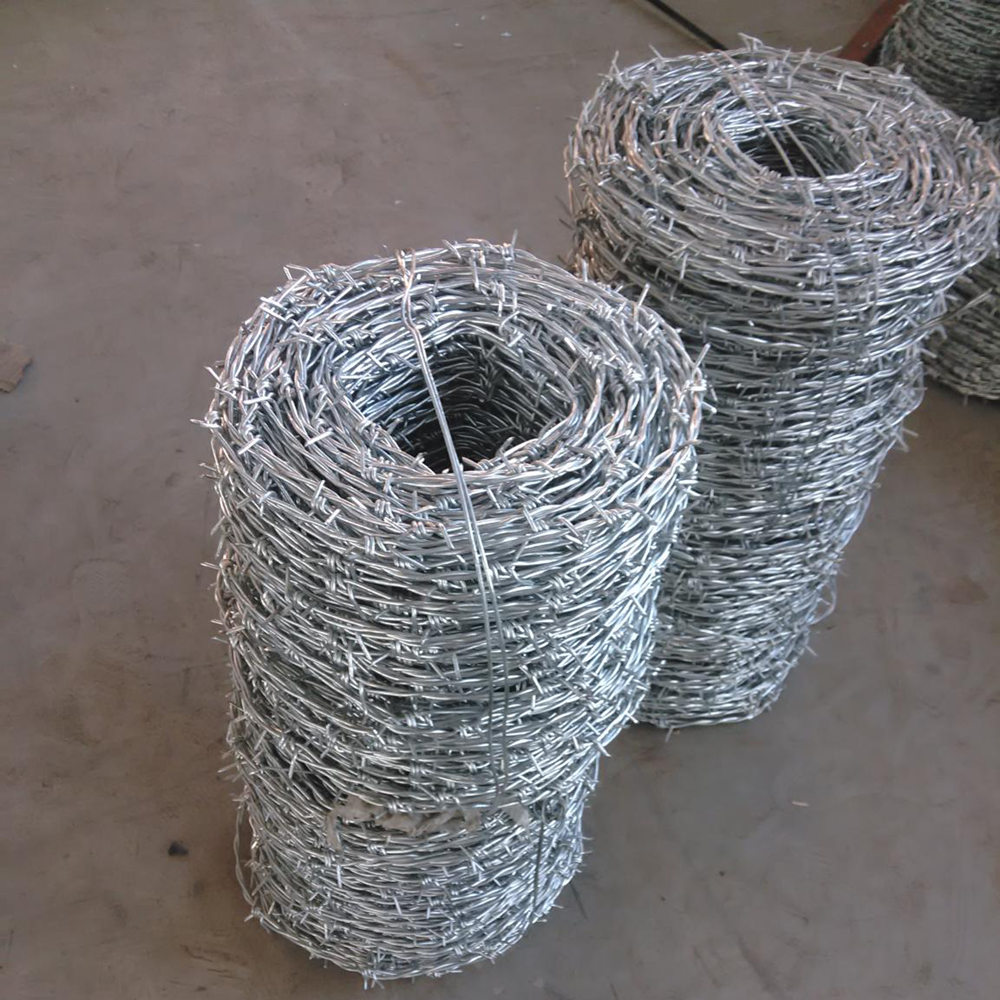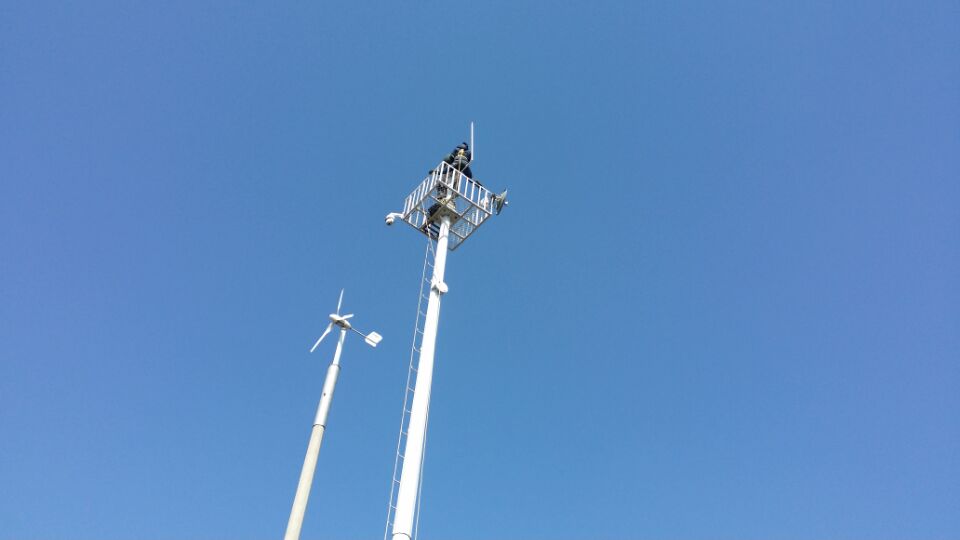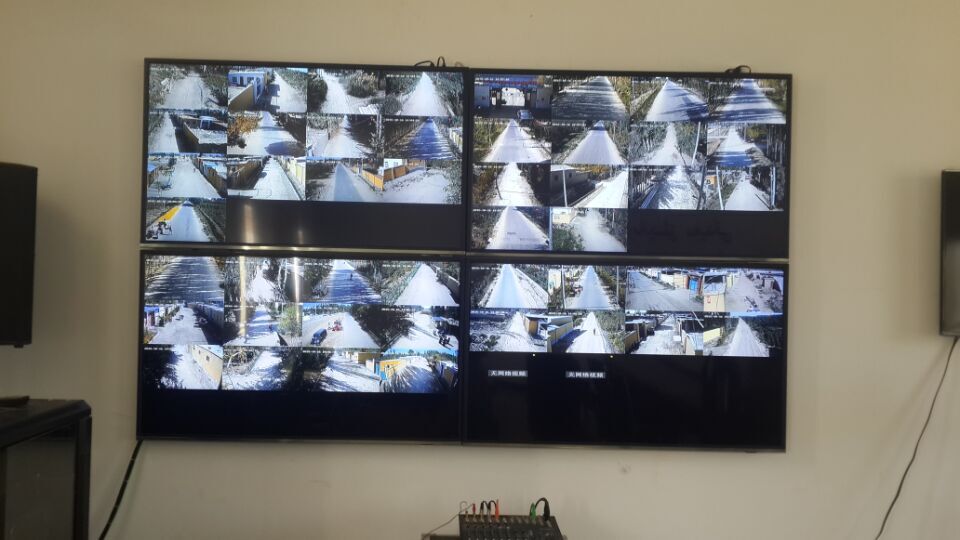Wireless network construction is simple, but if the wireless AP is deployed without attention, it may cause the entire network to either fail to operate normally or the network speed is slow. Lian Technology's focus on AP wireless coverage products and solutions summarizes the following points.
1, wireless AP coverage should be reasonable
In general, the maximum allowable indoor coverage is 35 to 100 meters, and the maximum allowable outdoor range is 100 to 400 meters.
2, wireless range to understand the AP's coverage
In actual use, the environment cannot be empty, and there are often obstacles such as walls, and these objects will reduce the coverage of the wireless AP.
For a 2.4G wireless AP, the cement wall (15~25cm): attenuation of 10~12dB, wood wall (5~10cm): attenuation of 5~6dB, glass window (3~5cm): attenuation of 5~7dB.
It can be seen that when the walls are solid cement walls, the loss of wireless signals is very large, and special attention should be paid to the deployment.
3, to understand the impact of various building materials on wireless signals
When the AP and the terminal are separated by a cement wall, the effective transmission distance is less than 5 meters. With a wooden wall, the effective transmission distance is about 15 meters. When separated by a glass wall, the effective transmission distance is similar to that of a wooden wall.
4, the determination of the number of wireless AP
For an open space with an area of ​​less than 150 square meters, such as public rest areas, small bars, cafes, conference rooms, western restaurants, etc., where the number of users is expected to be no more than 30, a wireless AP can be placed in each place to satisfy demand.
When space is large, multiple wireless APs will be installed to meet wireless coverage requirements. When capacity demand is large, that is, there are too many users in the coverage area of ​​the wireless AP, multiple wireless APs need to be placed in the same space to increase capacity.
5, the correct choice of wireless AP installation point
A wireless AP is installed in a single room. Place the wireless AP in the center of the hall as much as possible. It is best to place it on the ceiling of the hall. If two wireless APs are installed, they can be placed in two opposite corners of the hall.
6, wireless AP frequency planning
In theory, the isolation of adjacent frequency points is required to be >= 35db. According to the empirical value, when the adjacent wireless AP sets the same frequency, the interval is required to be more than 25 meters; when the adjacent wireless AP sets the adjacent frequency, the interval of the wireless AP is required to be more than 16 meters; when the wireless AP sets the interval frequency At the time of the request, an interval of 12 meters or more is required.
To maintain a better quality WLAN, consider the number of users in the enterprise wireless network coverage. The number of online end users for a single wireless AP should not exceed 30.
7, on the issue of wireless AP roaming
The wireless AP sends a probe signal every 100ms. The user can use this to determine the quality of the network connection and then decide which wireless AP to access. When the terminal roams between multiple wireless APs, the new serving wireless AP informs the original serving AP through the wired form that a new connection has been established. Wireless AP roaming agreements are not included in 802.11, and IAP (Inter access point protocol) is likely to become a standard roaming agreement.
8, wireless AP transmit power
Through the adjustment of the output power of the wireless AP, the number of users in the coverage area of ​​the wireless network can be controlled to ensure the quality of the wireless network of the enterprise. When the wireless AP products are shipped, the power is unified. When the user needs to change the power, the corresponding software can be downloaded to adjust the output power. In the initial stage of the current WLAN construction, the wireless network coverage requirements of the enterprise are mainly met, and wireless AP power is less controlled.
9, clear outside interference
Some electronic devices with the same frequency range as the wireless AP will affect the signal of the wireless AP. This should be noted, including microwave ovens, anti-theft devices (gate inspections), and
Other high-power electronic devices. Therefore, when deploying an AP, you should stay away from it. Interference source 1-2 meters.
10, other need to pay attention
The site selection during deployment must meet the construction requirements. To understand the technical parameters of the wireless AP coverage radius, the wireless AP must select high temperature, moisture, and PoE power supplies, and use the AC controller to centrally manage the channels. The adjacent APs have different channel settings. For more wireless AP selection and program knowledge, consult Levin Technology.
Barbed Wire is a kind of modern security fencing materials fabricated with high-tensile wire . Galvanized Barbed Wire offers a great protection against corrosion and oxidation caused by the atmosphere. Its high resistance allows greater spacing between the fencing posts. It used for grass boundary, railway, highway isolation protection.Barbed wire is suitable for industry suitable for industry, agriculture,animal husbandry, dwelling house, plantation or fencing,
It is always used to construct inexpensive fences and is used atop walls surrounding secured property. It is also a major feature of the fortifications in trench warfare.

Barbed Wires
Barbed Wires,Hot Dipped Barbed Wires,Pvc Coated Barbed Wires,Galvanized Barbed Wires
Hebei Giant Metal Technology Co., Ltd. , https://www.wiremesh.pl



